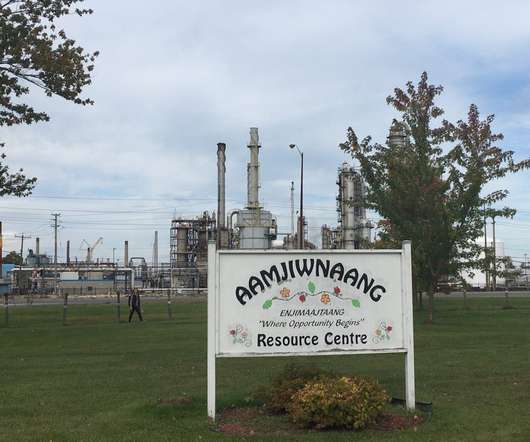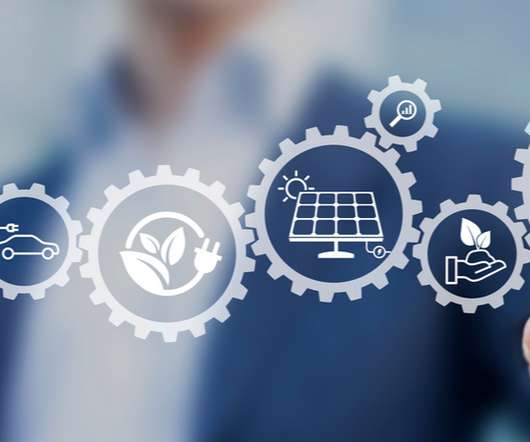U.S. Climate Law: A Broad & Rapidly Growing Field
Legal Planet
APRIL 3, 2023
Social Cost of Carbon D. EPA regulation of greenhouse gas emissions under the Clean Air Act (CAA) A. Standards for carbon and methane emissions from new sources Permitting requirements for carbon emissions from new stationary sources of major sources of existing pollutants. Co-benefits E.


















Let's personalize your content